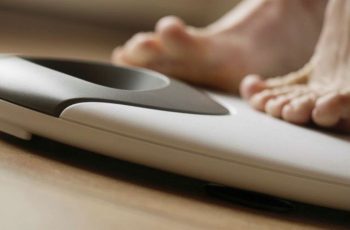A vaginal yeast infection is a common and uncomfortable problem that most women will experience at least once. Symptoms include itching, burning, redness, and swelling of the vagina and vulva. Fortunately, there are some simple home remedies that can help to ease the symptoms of a yeast infection. One such remedy is the use of essential oils.
How Yeast Infections Occur
There are many different factors that can contribute to a yeast infection. Here are some of the most common ones:
Antibiotics
Antibiotics kill both good and bad bacteria. This can disrupt the delicate balance of microbes in the body, making it easier for Candida albicans to grow out of control.
Hormonal changes
Changes in hormone levels during pregnancy, menstruation, or menopause can cause problems with the body’s natural bacterial balance. This can make a woman more susceptible to developing a yeast infection.
Uncontrolled diabetes
When blood sugar levels soar, it provides fuel for the Candida albicans fungus to grow. This is why uncontrolled diabetes can lead to an increased risk of developing a yeast infection.
Weakened immune system
A weakened immune system makes it harder for the body to fight off infections of all kinds, including yeast infections. People with autoimmune disorders or those undergoing cancer treatment may be particularly susceptible to developing candidiasis.
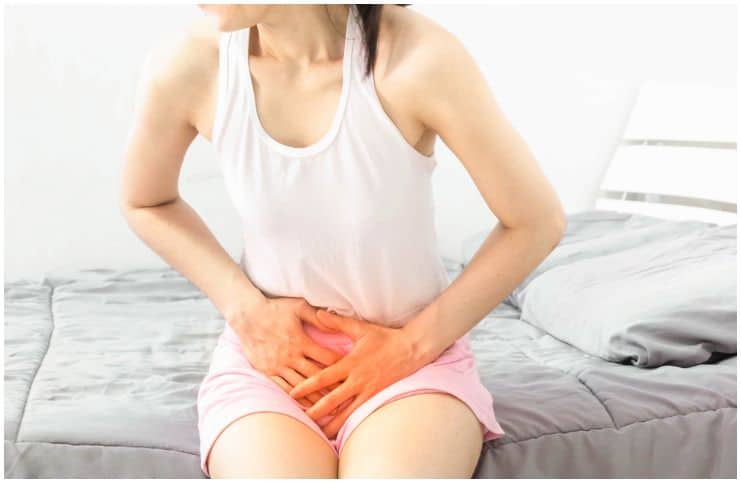
How Do Essential Oils Work For Yeast Infection
If you’re looking for a natural way to treat a yeast infection, you may have heard that essential oils can be effective. But how do essential oils work for yeast infections?
Essential oils are most commonly used in a diffuser, which is a small device that breaks the oil down into tiny particles and disperses them into the air. When you inhale the particles, they travel up your nose and to the limbic system, which is the part of your brain that controls emotions and memory. From there, the compounds in the oil can affect physiology, including heart rate, stress level, breathing, and blood pressure.
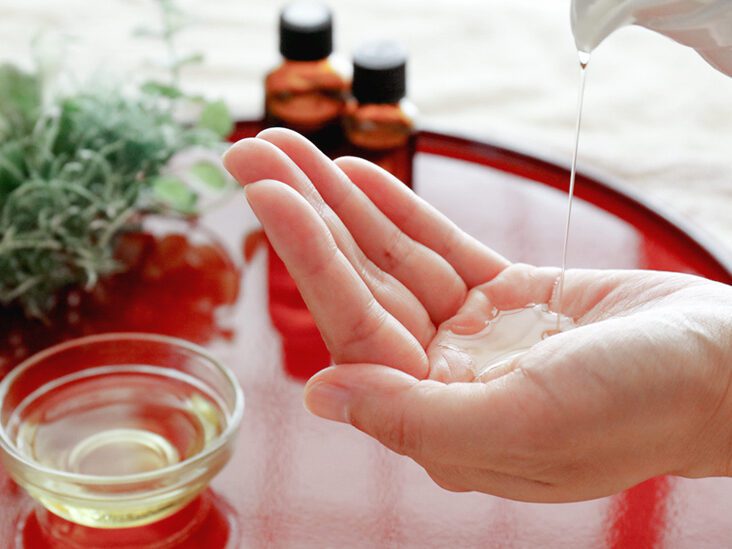
The most effective essential oils for treating yeast infections are:
Tea tree oil: Tea tree oil is another potent antifungal agent. It can be added to a bath or diluted and applied topically to the affected area.
Coconut oil: Coconut oil has both antifungal and antimicrobial properties. It can be used topically or taken orally.
Oregano oil: Oregano oil has powerful antifungal properties. It can be taken orally or applied topically to the affected area. Just make sure to dilute oregano oil with carrier oil before applying it to your skin.
-Lavender oil: Lavender oil is known for its soothing properties. Adding it to a bath or using it in a compress can help relieve itching and burning associated with yeast infections.
To use these essential oils for yeast infection, follow these directions:
For oregano oil: Add 1 drop of oregano essential oil to 1 teaspoon of olive oil or coconut oil. Apply this mixture topically to the affected area 2-3 times per day until symptoms subside. You can also take oregano essential orally by adding 1 drop to 8 ounces of water or juice 2-3 times per day until symptoms improve.
For tea tree oil: Fill a bathtub with warm water and add 5 drops of tea tree essential oil. Soak in the tub for 20 minutes 2-3 times per week until symptoms improve. You can also make a compress by adding 5 drops of tea tree essential oil to 1 cup of water. Soak a clean cloth in the mixture and apply it to the affected area for 15 minutes 2-3 times per day until symptoms subside.
-For lavender oil: Add 5 drops of lavender essential oil to a bathtub filled with warm water and soak for 20 minutes 2-3 times per week until symptoms improve. You can also make a compress by adding 5 drops of lavender essential oil to 1 cup of water and soaking a clean cloth in the mixture. Apply it to the affected area for 15 minutes 2-3 times per day until symptoms subside(OR) Dilute 2-3 drops of lavender essential oil with 1 teaspoon of carrier oil like jojoba or almond oil(NOT olive). Apply this mixture topically to the affected area 2 times per day until symptoms improve.(DO NOT INGEST LAVENDER OIL)
For coconut oil: Consume 1 tablespoon (15 ml) of coconut once or twice per day OR apply coconut directly onto the affected area 3 times per day until symptoms go away.
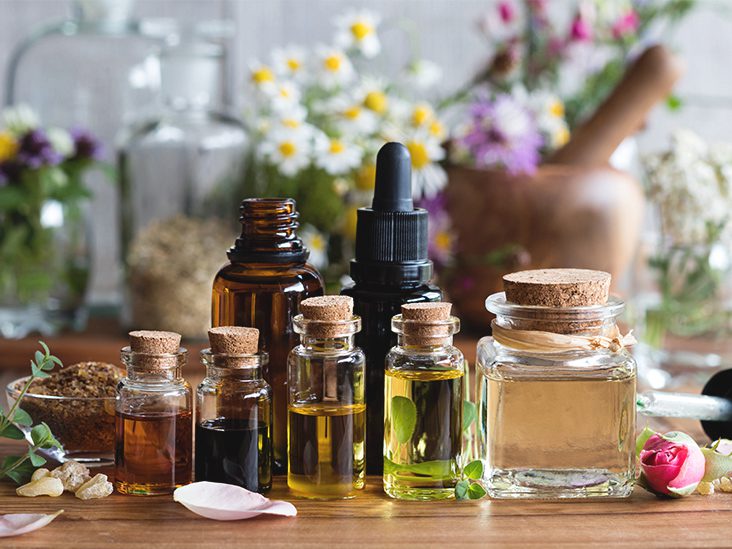
5 Reasons Why You Should Use Essential Oils For Yeast Infection Treatment
Reason #1: Essential Oils Are antibacterial
Yeast infections are caused by an overgrowth of yeast in the body. This overgrowth is usually due to a weakened immune system or an imbalance in gut bacteria. Essential oils can help fight this overgrowth of yeast because they are antibacterial. This means that they will help kill the bad bacteria that are causing the overgrowth while leaving the good bacteria intact.
Reason #2: Essential Oils Help Reduce Inflammation
Yeast infections can cause inflammation and irritation. Some essential oils, such as lavender oil and chamomile oil, have anti-inflammatory properties that can help reduce this inflammation. This can help ease the discomfort that is often associated with yeast infections.
Reason #3: Essential Oils Can Boost Your Immune System
A weak immune system is one of the most common reasons for yeast infection flare-ups. Luckily, some essential oils, like oregano oil and cinnamon oil, can help boost your immune system and help keep yeast infections at bay.
Reason #4: Essential Oils Help Balance pH Levels
Yeast thrives in an environment that is high in sugar and simple carbohydrates. This environment is also usually acidic. By using essential oils to balance pH levels, you can create an environment that is less hospitable for yeast. This will help reduce the risk of infection.
Reason #5: Essential Oils Help Fight Fungal Infections
Fungal infections like athlete’s foot and toenail fungus often lead to yeast infections. This is because the fungus can weaken the immune system and create an imbalance in gut bacteria. Some essential oils, like tea tree oil and cloves oil, have antifungal properties that can help fight these fungal infections and prevent them from coming back.
How to Make Tea Tree Oil Suppositories
What You Will Need:
Before you get started, you will need the following items:
- -1 tablespoon of cocoa butter
- -1 drop of tea tree oil
- -Tampon applicator or small candle
- -Double boiler or saucepan
- -Silicone mold (optional)
- -Storage container
- -Washcloth
Instructions:
1. Start by melting the cocoa butter in a double boiler or saucepan over low heat. Once the cocoa butter is melted, remove it from the heat and carefully add one drop of tea tree oil. Stir until well combined.
2. If you are using a silicone mold, pour the mixture into the mold and place it in the freezer for about 15 minutes or until solidified. If you are not using a mold, dip the end of a tampon applicator or small candle into the mixture and then place it in the freezer for about 15 minutes.
3. Once solidified, remove the suppository from the freezer and unwrap it from the mold or applicator. Store the suppository in a sealed storage container in the fridge until ready to use. To use, simply insert the suppository like you would a tampon and remove it after 3-4 hours. Repeat as needed until symptoms improve.
4. For best results, wash your hands thoroughly with soap and water before each application and cleanse your vulva with a washcloth dampened with warm water before inserting the suppository.
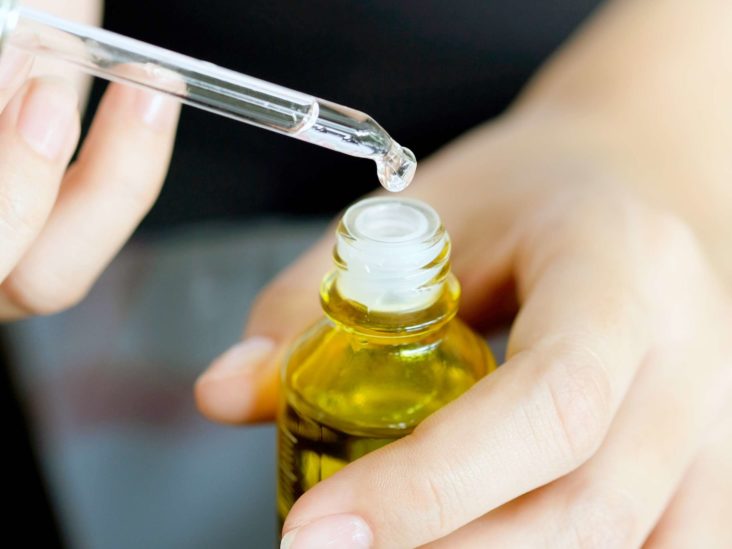
How to Use Tea Tree Suppositories Safely
When used correctly, tea tree suppositories can be an effective way to treat vaginal infections. Here are a few tips to help you use them safely:
- Clean your hands thoroughly before inserting the suppository into your vagina.
- Insert the suppository into your vagina with clean fingers, aiming for the area just beyond your cervix.
- Wash your hands again after insertion.
- Leave the suppository in for at least 6 hours, or overnight if possible.
These tips will help ensure that you get the most out of your tea tree suppositories and minimize your risk of developing an infection. Try to insert them before bed so you can leave them in overnight for maximum effectiveness. And be sure to wash your hands thoroughly before and after insertion.
How to Make Coconut Oil Suppositories
What You Will Need:
Before you get started, you will need the following items:
- – 1 tablespoon of coconut oil
- – 1 small piece of parchment paper
- – 1 small applicator (optional)
Instructions
1. Melt the coconut oil so that it is in liquid form. You can do this by putting the coconut oil in a bowl and then putting the bowl in a pot of hot water.
2. Cut a small piece of parchment paper and fold it so that it can hold the melted coconut oil. Pour the melted coconut oil into the parchment paper.
3. If you are using an applicator, put the applicator into the melted coconut oil and then take it out. If you are not using an applicator, use your fingers to form the coconut oil into a small bullet shape.
4. Freeze the coconut oil for about 15 minutes or until it is solid again. Once it is solid, you can insert it into your vagina like you would a tampon. Leave it in for 3-4 hours or overnight before washing it out with warm water. Repeat this process every day until your yeast infection clears up completely.
How to Use Coconut Oil Suppositories Safely
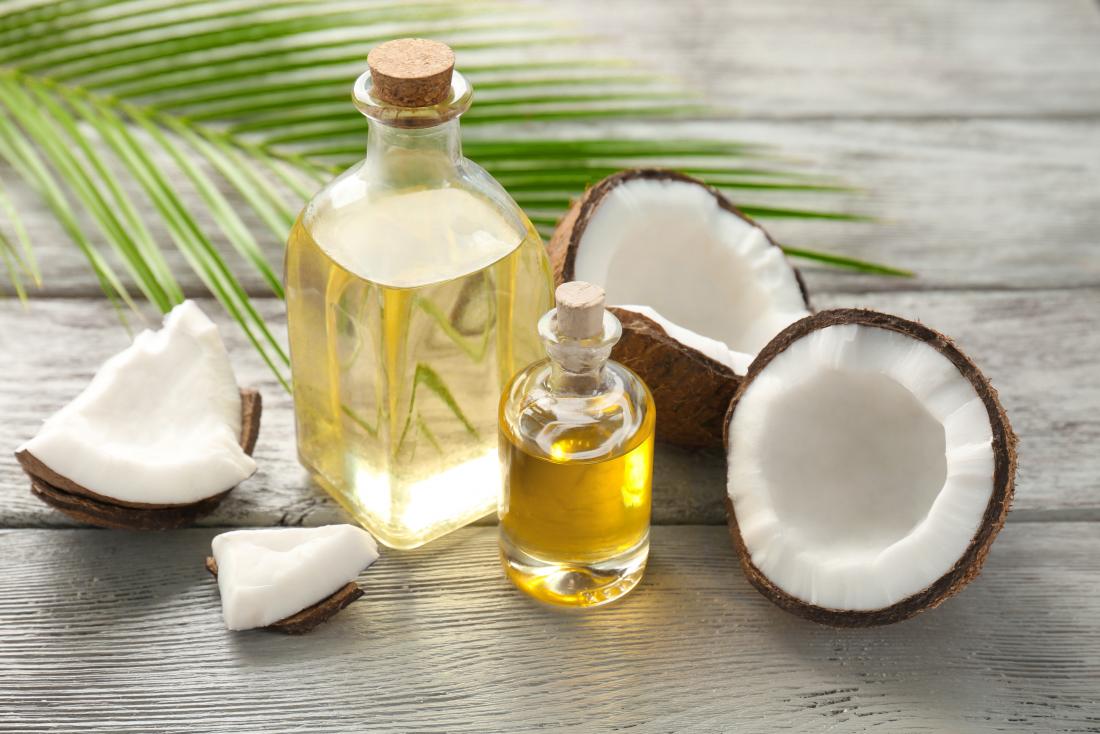
When inserting a coconut oil suppository, be sure to use a clean finger and insert it into the rectum slowly and carefully. The coconut oil may melt quickly, so it’s important to insert it far enough up that it won’t come out immediately. You may want to lie down for 20-30 minutes after inserting the coconut oil so that it can melt and be absorbed properly.
If you experience any pain or discomfort while insertion, discontinue use immediately. As with any foreign object placed in the rectum, there is a risk of perforation or puncture. This is especially true if you have hemorrhoids or other anal issues.
If you experience any bleeding or abdominal pain after insertion, seek medical attention immediately, as this could be indicative of a more serious problem. Always consult with your doctor before using any new remedy, especially if you have an existing medical condition.
Final Thoughts
If you’re looking for a natural way to treat a yeast infection, you may want to try using an essential oil suppository. Tea tree and coconut oil are two of the most effective essential oils for treating yeast infections. Be sure to follow the instructions carefully and always consult with your doctor before trying any new remedy.
Frequently Asked Questions
How long does it take to flush out a yeast infection?
Mild yeast infections can sometimes get better in as little as three days. They don't always even need to be treated. But infections that are moderate to severe may take one to two weeks to get better.
Can a yeast infection cure itself?
Most yeast infections are not serious, which is a good thing. Most yeast infections will go away on their own if you don't treat them, but the intense itching can be hard for some people to deal with.
How do you know if you have a yeast infection or bacterial infection?
Yeast infections usually cause thick, white, and odorless discharge. You may also have a white coating in your vagina and around it. With bacterial vaginosis, you might have gray, foamy, and fishy-smelling vaginal discharge. (But it's also common for BV to not show any signs.)
What does a vaginal yeast infection look like?
The vulva, the folds of skin outside the vagina, may be red, swollen, or itchy. You may also have a thick, white discharge that looks like cottage cheese and smells like bread or yeast. When you pee or have sex, you feel pain or burning.



